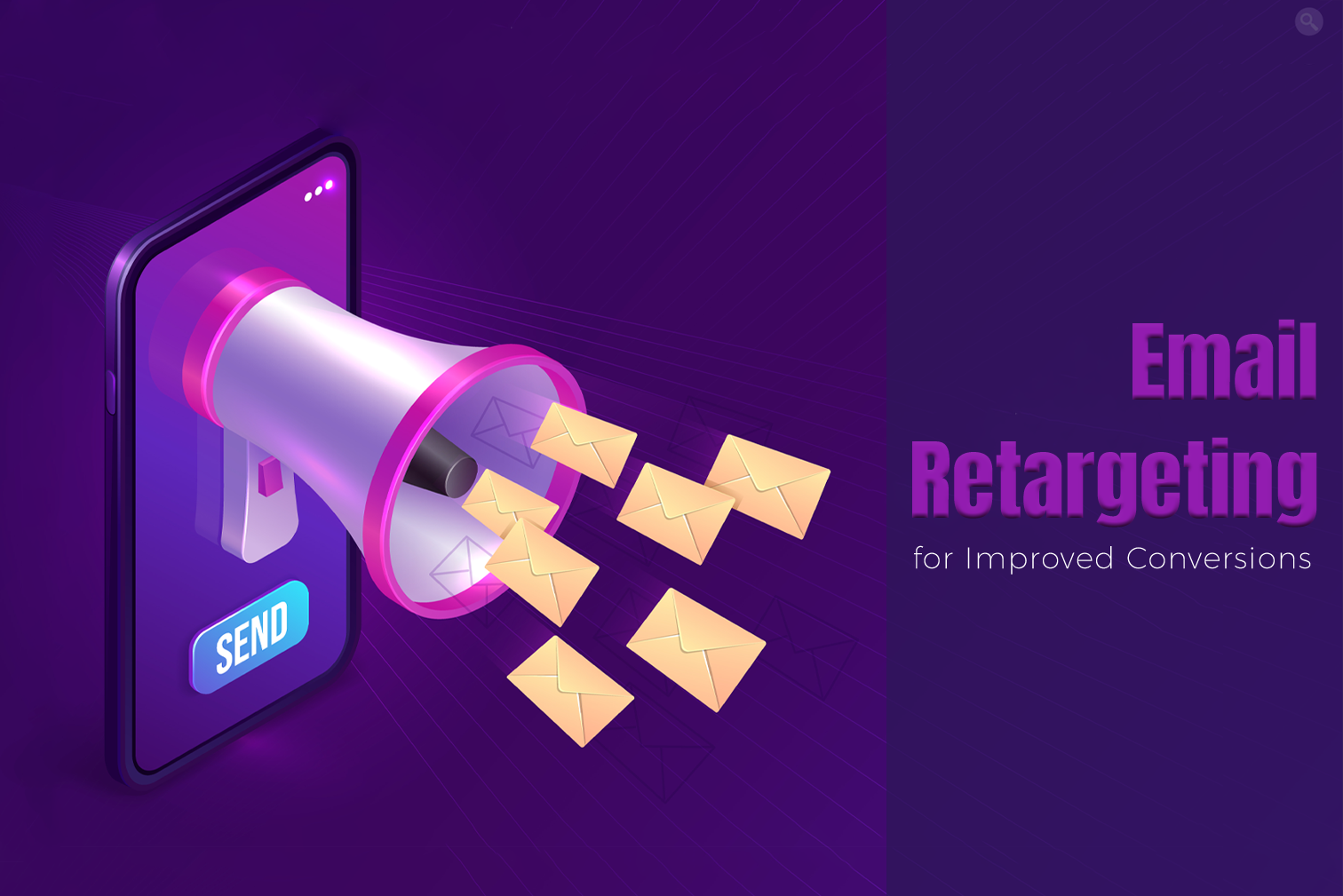Introduction
Hey there! If you've ever wanted to get more email conversions but weren't sure how to do it, you've come to the right place! Email retargeting is all about personal follow-up, so here's how to make an email campaign that will keep your audience interested and engaged.

Why Personalized Follow-Up Campaigns Are Important
We all know email is still one of the best marketing channels out there, but with inboxes full of boring messages, how can you make them stand out? Personalization is the answer. You can tailor your messaging to each person you're sending an email to, creating a more meaningful connection that will drive better results.
Plus, when you follow up with a personalized follow-up campaign, you're more likely to get conversions. You know, if someone's already opened an email about your product or service, why not keep the conversation going? Personalized follow-up campaigns keep your brand at the top of your mind and offer valuable information or incentives to build trust and sales.
If you haven't already incorporated personalized follow-up into your email retargeting strategy, don't do it! Your subscribers will thank you for it!
Creating a Personalized Follow-Up Campaign
Personalized follow-up campaigns can dramatically increase your email marketing conversion rate. Here are some key things to keep in mind when creating a personalized follow-up campaign:
- Segment your audience: By segmenting your audience, you can personalize your follow-up campaigns. You can group your audience into specific demographics, interests, and behaviors. This allows you to send targeted emails that resonate with your audience.
- Dynamic content: Dynamic content is a great way to drive engagement. Use data like browsing history, past purchases, contact form submissions, etc. to create an email strategy that matches your audience’s interests and needs.
- Behavioral triggers: These are automated emails that are based on your subscribers’ actions. Set up automated follow-up emails like abandoned cart reminders and welcome series emails, as well as follow-up emails after purchase to build stronger relationships with subscribers.
With these strategies in mind, you’ll be well on your way to building a personalized follow-up campaign.
Examples of Successful Follow-Up Campaigns
Now and then, people need a bit of a push to finish a purchase or interact with your brand. That's why follow-up campaigns are so important. By sending out targeted and personalized messages, you can boost brand loyalty and conversions. Here are a few great follow-up campaigns to try:
- Welcome series emails - Send out a bunch of personalized emails to your new subscribers to introduce them to your brand. Give them exclusive discounts and encourage them to check out your website.
- Abrupt cart reminders - Did someone leave something in their cart without finishing their purchase? Don't just give up on them - send them a reminder email with an easy-to-understand call to action and an incentive to get them back in the cart.
- Re-Engagement campaigns - If someone hasn't responded to your emails for a while, why not try a follow-up campaign? Offer them something special like a discount or free trial to get them back on track.
Personalization and relevance are key to any follow-up campaign, and data and behavioral triggers will help you create messages that resonate with your audience.
Best Practices for Personalized Follow-Up Campaigns
We all know how annoying it is to be bombarded with too many emails, so when it comes to personal follow-up, timing is key. Make sure your emails are spaced out and your messaging is short and sweet so your audience stays interested. Plus, make sure your CTA is clear and concise. And don't forget to test out different campaigns to see which ones work best for you. Mix and match to get the most engagement and conversions.
Measuring the Success of Your Follow-Up Campaigns
Key metrics to measure your follow-up campaign success include Open rates, Click-through rates, and Conversion rates.
- Analyze your data and find areas of improvement, such as timing or messaging.
- Optimize your campaigns with A/B testing.
- Based on your data analysis, you can make adjustments for future campaigns to improve conversions and signups.
- A successful follow-up campaign is a continuous process of refinement, improvement, and improvement.
Conclusion
In conclusion, personalized follow-up is the key to increasing email retargeting conversions. You can segment your audience, create personalized messaging, and use behavioral triggers to create effective follow-up campaigns. For example, welcome series emails, abandoned cart reminders, re-engagement campaigns, etc. Best practices include: Timing, Communication, Communication, Clear CTAs, A/B testing, Measuring success Don’t miss out on personalized follow-up!
